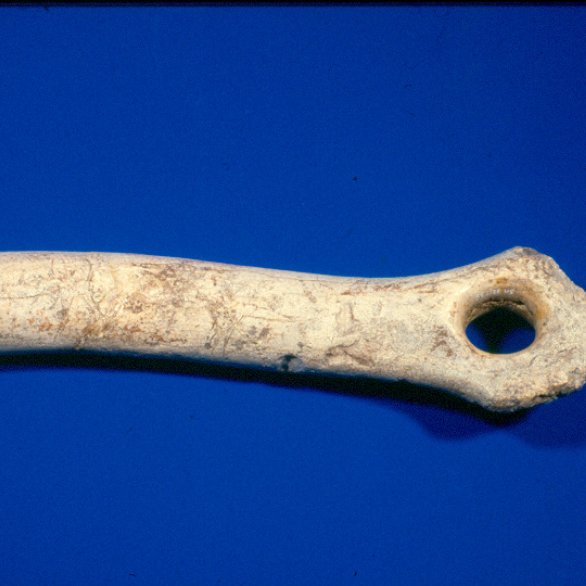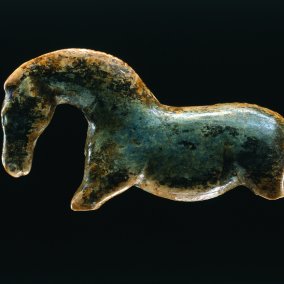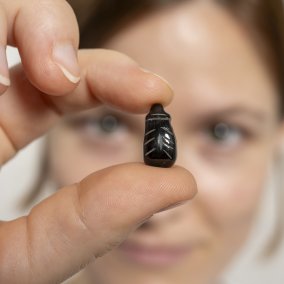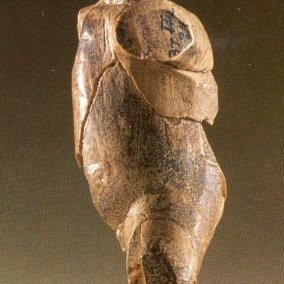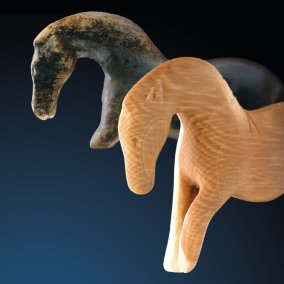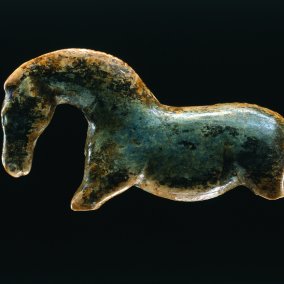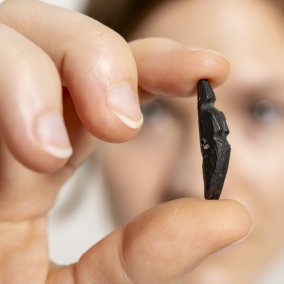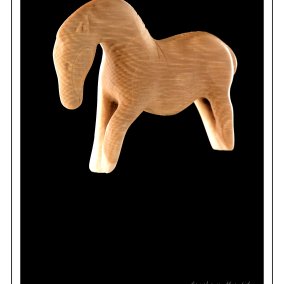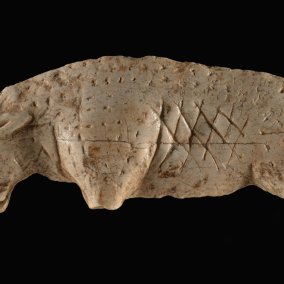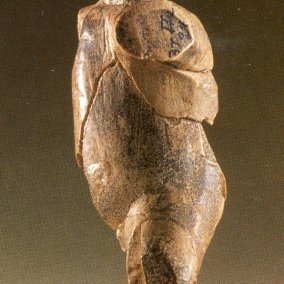"News from the Archaeo-Lab" therefore shows outstanding new finds from South Baden and at the same time answers the question "How do we know that?"
- How do tree rings from trees help to date millennia-old objects?
- How far does an arrow fly?
- Can the earth be "x-rayed"?
- What are isotopes and why do they tell us details about migration and technology transfer?
- What is a pinhole rod used for?
- Do raw materials have a "fingerprint"?
- How can pollen contribute to climate research?
And the best thing is: visitors can try out for themselves how modern archaeology works.
